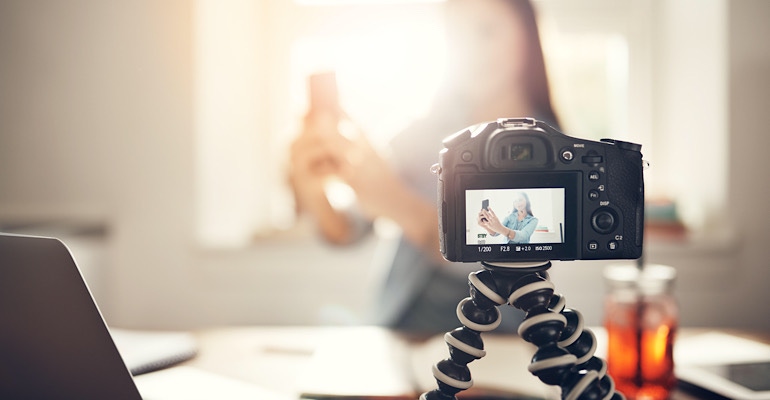Can a Video Selfie Be Used to Screen for BP & Prediabetes?
NuraLogix is developing a platform that uses a video selfie to help shed more light on these conditions.
November 18, 2022

Could a video taken from a mobile phone alert a physician to increased risk for a patient developing diabetes or high blood pressure? Contactless health monitoring technology developer, NuraLogix, aims to do just that with its platform that uses a video selfie to detect patterns of blood flow with its proprietary Transdermal Optical Imaging technology.
Increased access to screening
At-home screening with a mobile phone could significantly broaden access to assessment for increased blood pressure and prediabetes, said Dr. Keith Thompson, CMO at NuraLogix, potentially addressing issues of health equity and access to care. “That’s really what’s exciting about this technology is how we can democratize or disseminate these types of services into the population with minimal amount of burden upon clinics or physicians or lab testing facilities.”
Dr. Thompson previously spent 30 years as family physician and was limited to in-office screening methods for testing, a process that is time- and labor-intensive for patients and healthcare personnel. “Imagine being able to screen all of my patients with this ubiquitous technology. They could do that themselves with minimal amount of burden on clinical time,” said Thompson.
Screening for prediabetes with the investigational tool is based on two thresholds and evaluates whether a patient’s fasting blood glucose is above 5.5 mmol/L and their HbA1c is higher than 5.7%. Prediabetes screening is currently investigational, and the blood pressure screening test is not yet available for use as the company pursues regulatory steps.
The technology could also capture data for many patients who are unaware of impending health issues. “46% of patients do not realize they have hypertension and are not being treated,” said Dr. Thompson. The same is true for many with prediabetes. “Many patients with prediabetes don’t realize they have it. 70 percent of those people will progress to diabetes with all of its related complications. Wouldn’t it be wonderful if we could sooner determine who is at risk?”
Remote photoplethysmography technology
The company’s video-based platform, Anura, measures the pattern of blood flow in a patient’s face using remote photoplethysmography and applies a machine learning-backed model to analyze the risk each patient carries of developing certain conditions. Modelling was built on more than 40,000 cases with patients who developed pre-diabetes and/or had high blood pressure.
Photoplethysmography is a method commonly used by fingertip devices that measure blood flow and oxygen level. These ubiquitous devices use a light source that shines through the skin. Toronto-based Anura’s remote photoplethysmography technology uses reflected light to mimic this measurement and detect pulse rate and other characteristics of blood flow, explained Dr. Thompson. The video should be about 30 seconds and in sufficient lighting to provide a high-quality signal to noise ratio.
Its AI-backed predictive modelling currently is available to deliver wellness information to users. The tool can also deliver information about heart rate, cuffless blood pressure, breathing rate, and other measures that could predict risk for cardiovascular disease, hypertension, prediction of 10-year risk of mortality due to stroke or heart attack, and other conditions. Patients would then see their doctor for further testing.
About the Author(s)
You May Also Like

.png?width=300&auto=webp&quality=80&disable=upscale)
